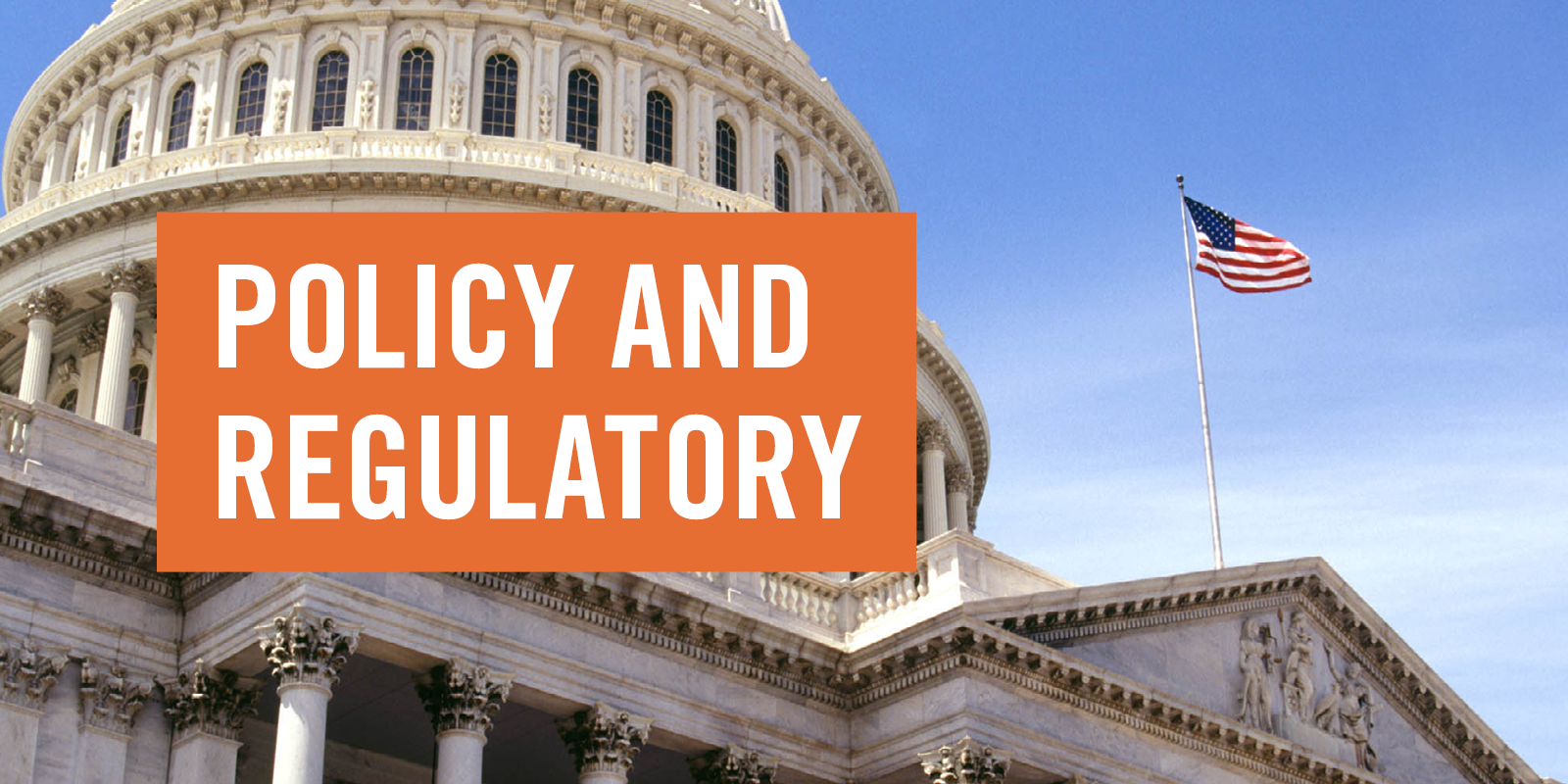On 17 September 2025, the US Environmental Protection Agency (EPA) released a draft risk evaluation for octamethylcyclotetrasiloxane (D4). Although EPA risk evaluations are based on theoretical and conservatively modeled conditions that are often criticized, the draft evaluation demonstrates a shift in the EPA’s position as it relates to D4. For the first time, the agency has concluded that D4 may pose an unreasonable risk to human health and the environment under certain circumstances. The EPA found that D4—a chemical precursor widely used to produce various silicone chemicals and an ingredient in certain personal care products—presents unreasonable risk to human health via several potential exposure pathways that are covered under the Toxic Substances Control Act (TSCA). Key findings include:
Human Health Risks
Unreasonable risks were identified for workers across 23 conditions of use, and for consumers under one condition of use, when recommended personal protective equipment is not used.
Environmental Risks
D4 was found to pose unreasonable environmental risks under seven conditions of use.
No Risk Identified
Over 30 additional conditions of use were evaluated and found not to present unreasonable risks to human health or the environment.
The conditions allegedly associated with elevated risk primarily involved manufacturing, processing, and industrial uses of D4 and its derivatives in adhesive, sealant, paint, coating, corrosion inhibitor, and solvent applications. Notably, the conditions of use considered by EPA are theoretical and conservatively modeled exposure scenarios that do not account for the use of personal protective equipment and other safeguards utilized to reduce chemical exposure in industrial and environmental settings. Therefore, they may not represent actual exposure scenarios for this chemical.
In light of EPA’s draft evaluation, companies operating in industrial sectors should continue to monitor future developments concerning D4 and consult counsel as appropriate. Companies can also submit comments to EPA on the risk evaluation until 17 November 2025. EPA will hold a virtual public meeting about the risk evaluation in early December 2025.
Our Emerging Contaminants team is well positioned and uniquely equipped to assist in matters relating to the evolving legal and regulatory landscape surrounding D4. With deep experience in such areas as polymer chemistry and plastics manufacturing, government agency administration and policy development, regulatory compliance, litigation defense, and insurance recovery and counseling, we can provide strategic, tailored guidance to your unique legal needs.
